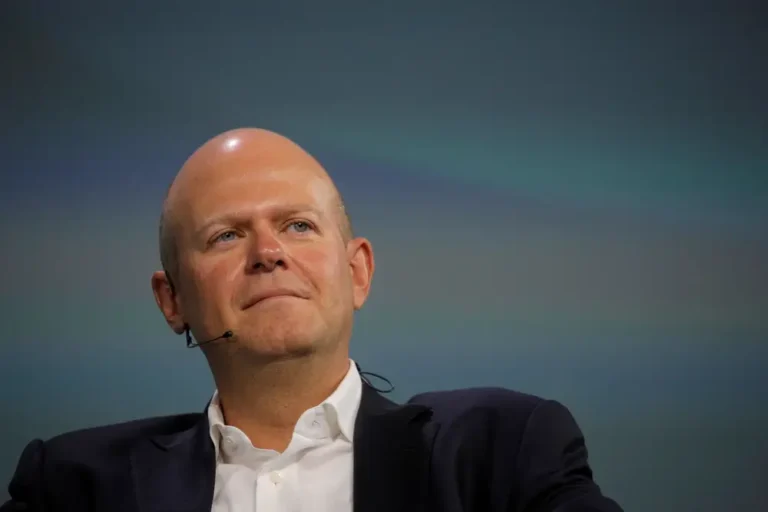Oil prices could surge 161% if Middle East conflict wipes out Iran’s energy infrastructure, commodity chief says

Oil prices could roar past $200 a barrel if escalating tensions in the Middle East decimate Iran’s crude output, a chief commodities analyst told CNBC.
SEB’s Bjarne Schieldrop noted that that Iran accounts for over 2 million barrels of crude and compensate exports per day. He said that if rising conflict in the region were to wipe out Iranian oil infrastructure, that would significantly reduce the OPEC+ coalition’s spare oil capacity.
That not only means higher prices but amplified market uncertainty, Schieldrop added: “The next question in the market would be, what will happen now in the strait of Hormuz, and that, of course, would then add a significant risk premium to oil.”
In the $200 per barrel scenario, Brent crude, the international benchmark, would gain 161% from its current price.
Oil is trading at $76.44 as of 11:20 am ET Thursday. Prices have risen nearly 10% from a bottom on Tuesday, triggered by Iran’s major missile attack on Israel. The attack came in response to the Israeli ground offensive into Lebanon. Traders are monitoring for further escalation, with special attention on how Israel might retaliate.
Despite the rally, Brent crude still trades around 16% below this year’s $91 peak. Other analysts appear aligned with Schieldrop, noting that geopolitical tensions will remain insignificant until investors see oil infrastructure take actual damage.
“The market is complacent about geopolitical risk. If you don’t see barrels going offline, like we saw with Libya recently, the impact doesn’t matter much,” Rapidan founder Bob McNally told CNBC. He added: “I think they’re hoping and expecting perhaps Israel will be restrained in its response, and that we won’t see a material disruption in the energy production and flows.”
Still, some investors are betting on the possibility of damaged oil output, Bloomberg reports. Nearly 27 million barrels of Brent $100 options calls were traded on Wednesday, meaning that traders are hedging against the risk of triple-digit oil prices.
Growing tensions between Israel and Iran are not the only factor moving oil prices. In December, the OPEC+ cartel will decide whether to unleash more crude output, undoing some of the production coalition’s production curbs.
These restrictions were introduced to prop up oil prices, but have cost the alliance market share. Meanwhile, some members haven’t stuck with their quotas, drawing the ire of Saudi Arabia, the OPEC leader.
Last week, the kingdom warned that Brent could fall as low as $50 a barrel if OPEC doesn’t reduce outflows, as pledged. Some consider this a veiled threat that Riyadh will increase its own output if members don’t fall into line.






